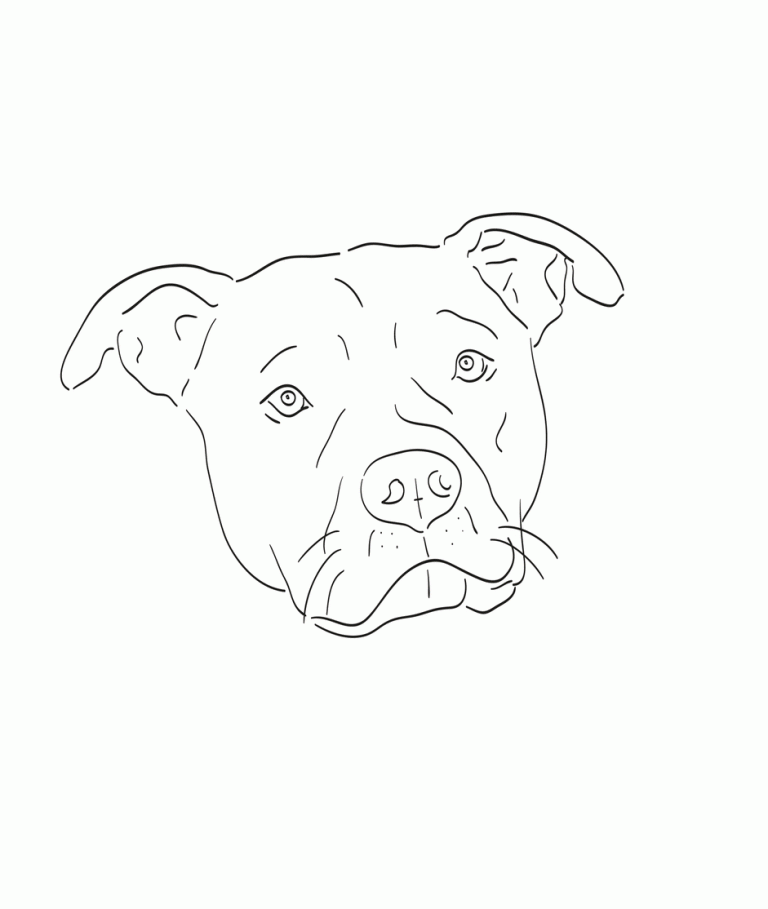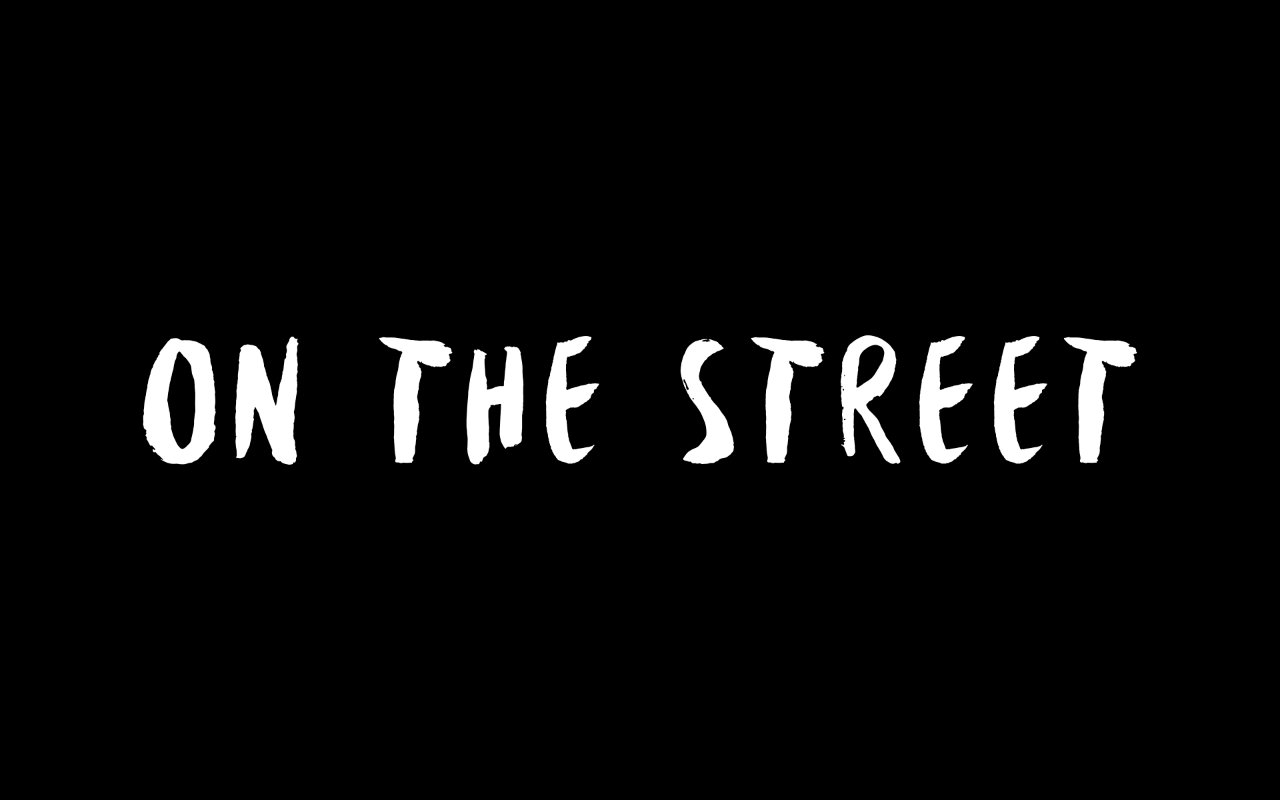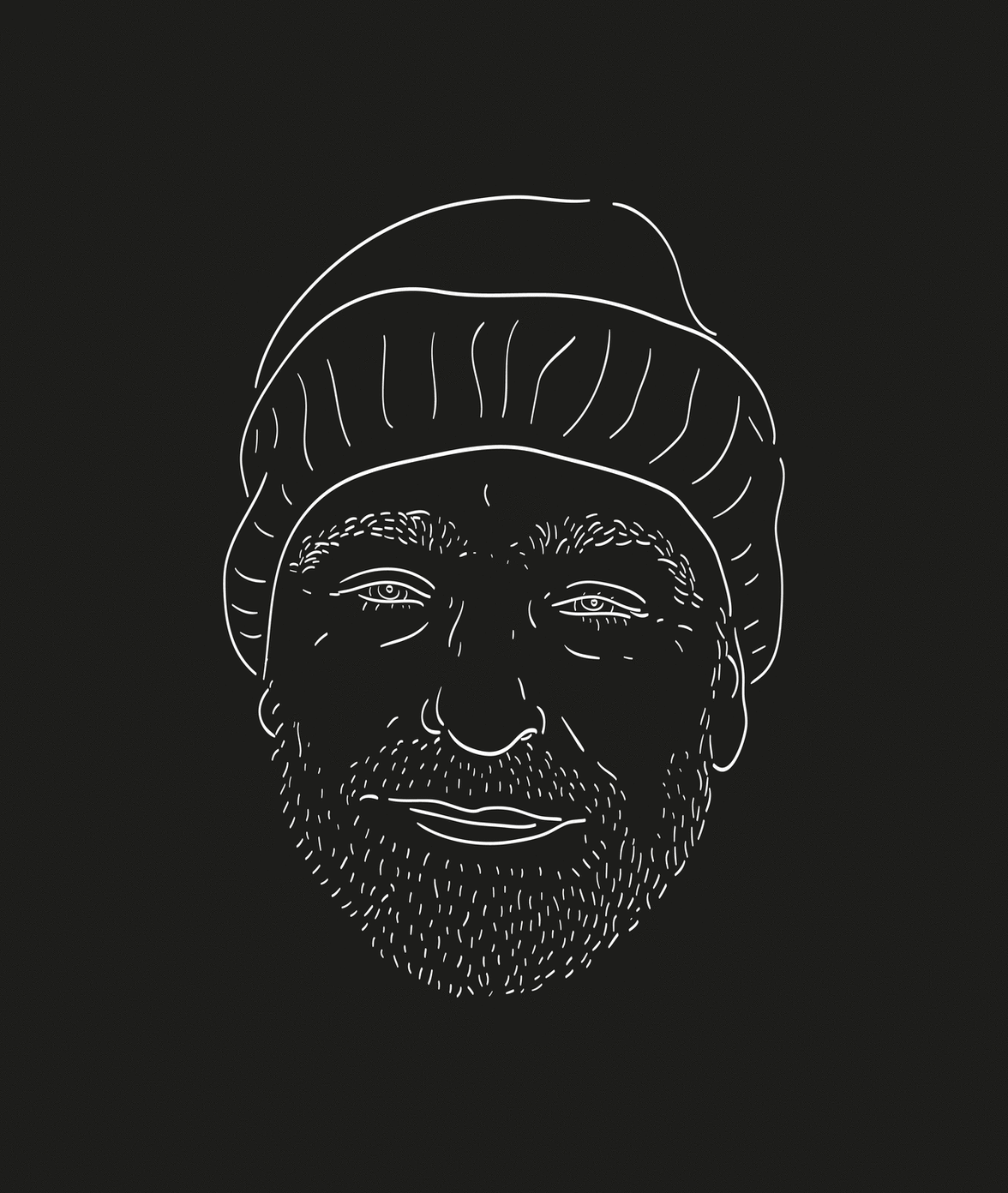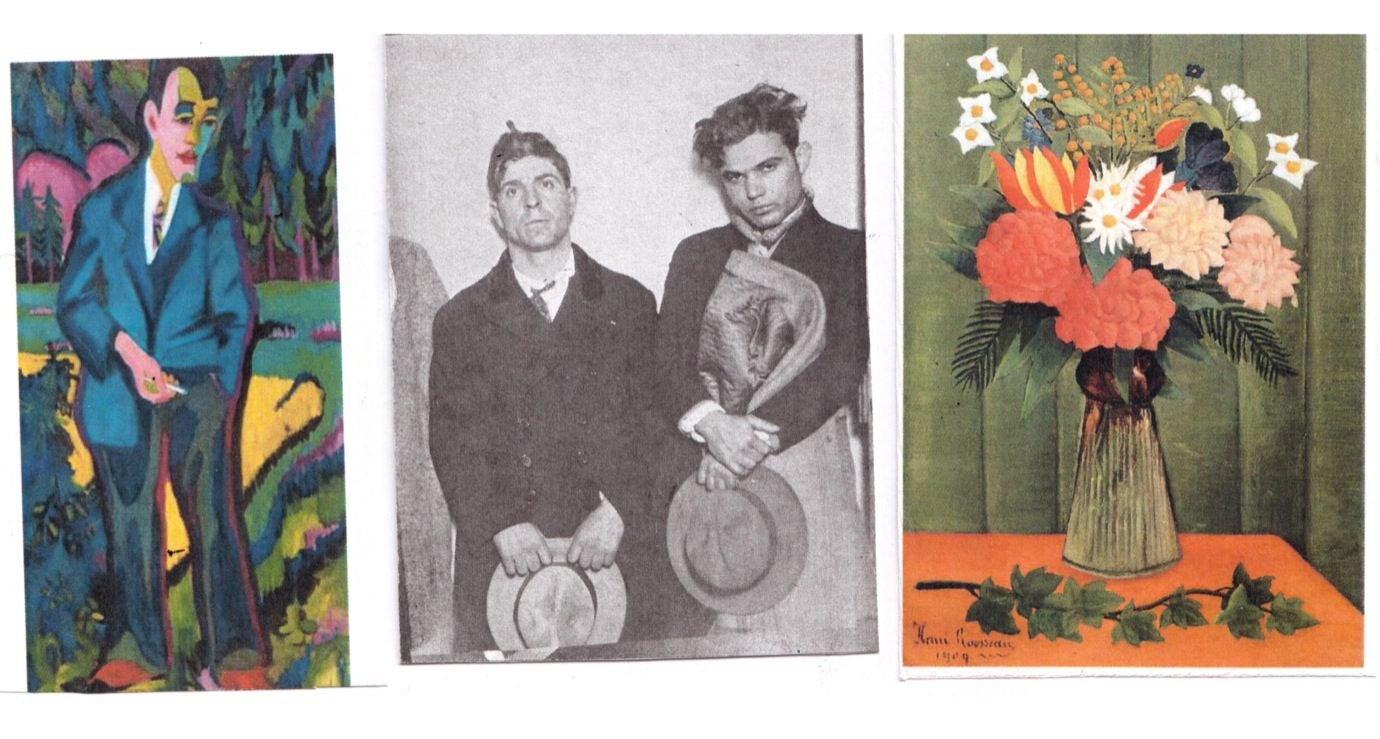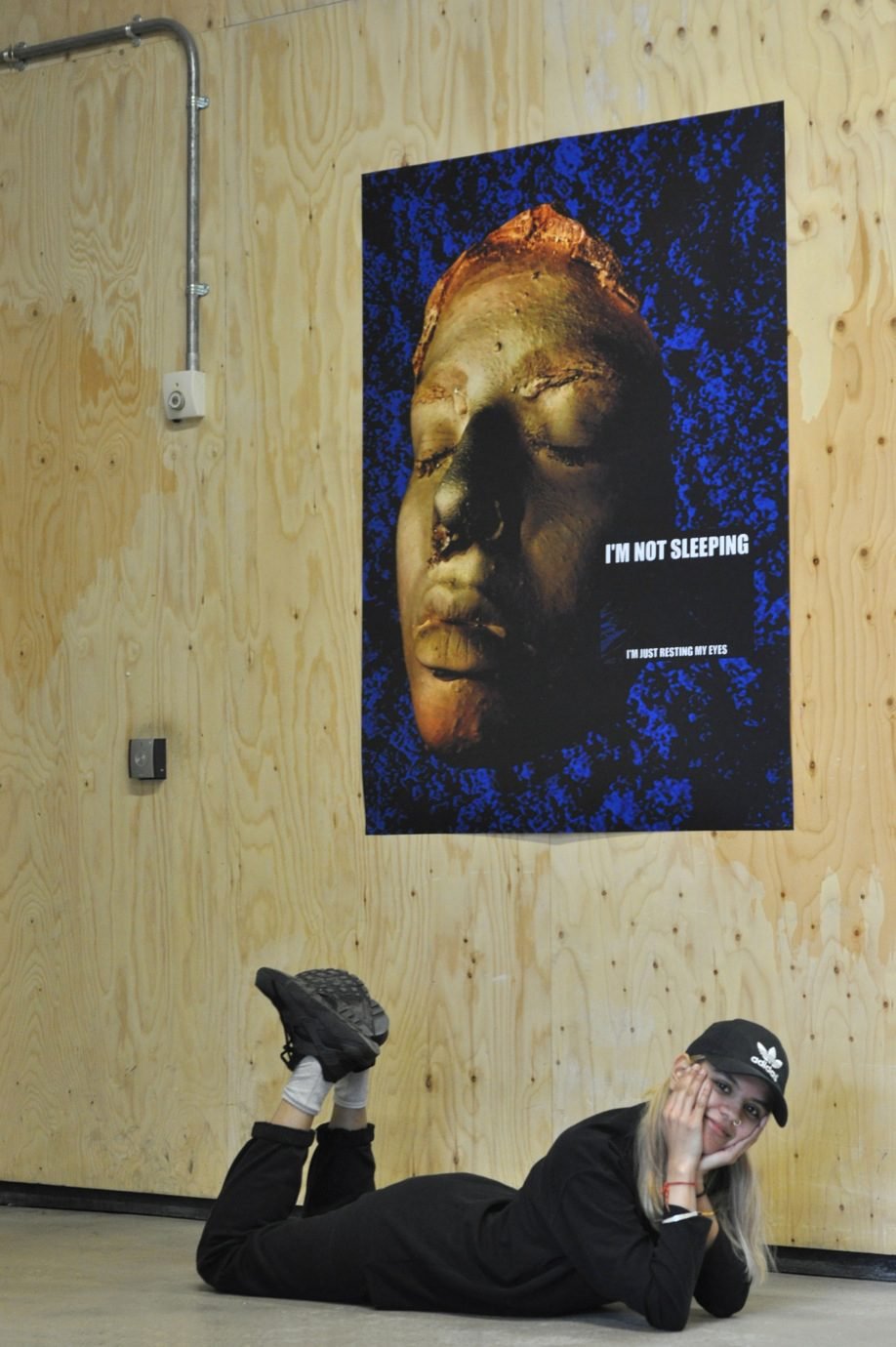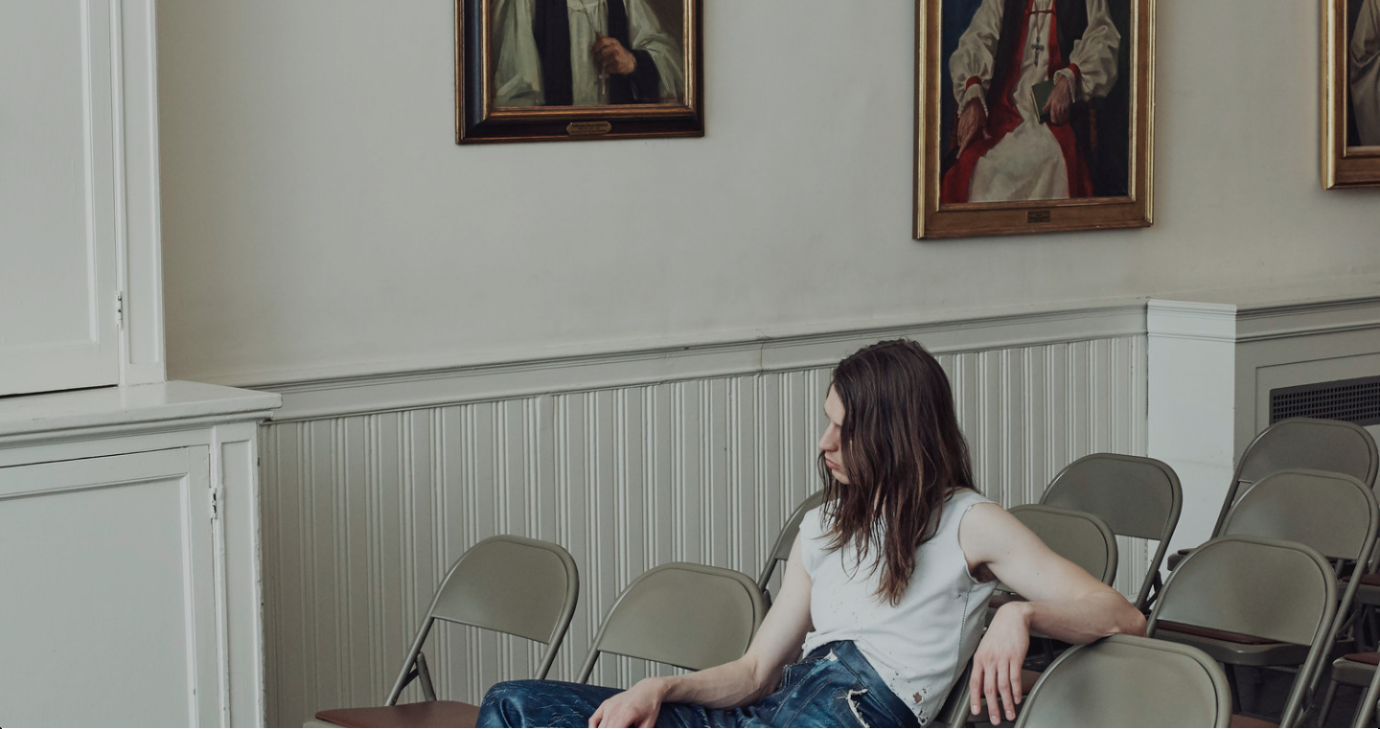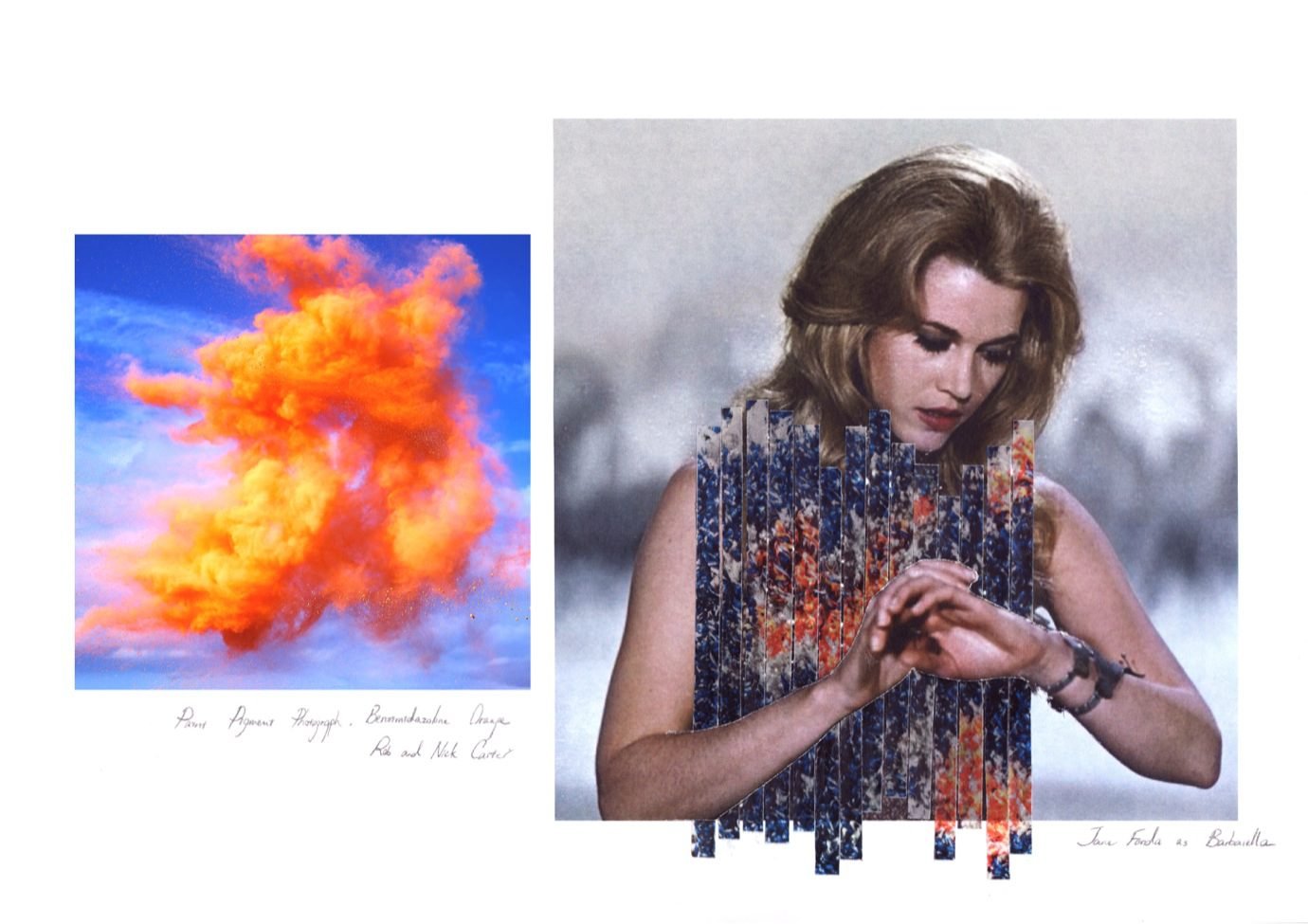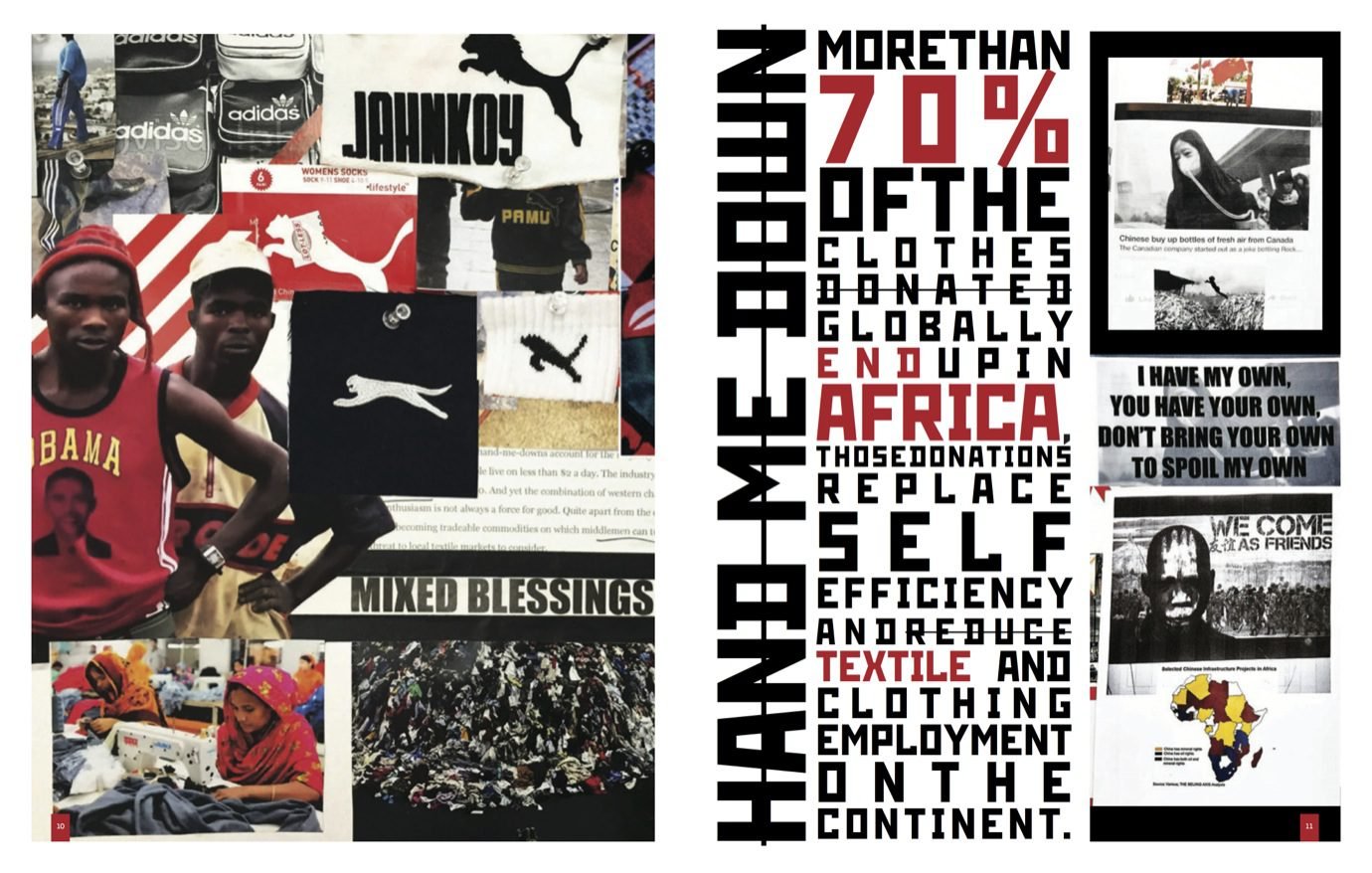Do you remember the name of that shy boy you met the first day of middle school, and have never spoken to again? Have you ever asked your grandma why she loves so much that story you’ve heard probably half a million times? I don’t, I haven’t, but these are certainly some of the questions that could inspire Giulia Mazzucconi, and to which she would ultimately find an answer with a keen documentary approach. There is something incredibly subtle in the routine, the commonplaces, and in the prejudices that we are perpetually subjected to: these filters of reality, which transform us into near-sighted machines that reason just through standardized associations and take for granted too many things. With stunning delicacy Giulia, who just graduated from the BA Graphic Design at Central Saint Martins, gives a voice to the unnoticed, to the people we think we know so well and the people we are afraid of seeing or becoming.
“In the night I see the real
Concealed in the day’s bright lie
Eyes stitched shut
White teeth smile
Sleep walks and talks
And feet mark time of day”
(From the movie The Invisible, 2007)
“ON THE SAME LEVEL, MY MIND DIDN’T REGISTER OUR ENCOUNTERS AS ‘NORMAL’ SOCIAL INTERACTIONS. I SAW A HOMELESS BEFORE ‘SEEING’ DEAN. JUST LIKE EVERYBODY ELSE. ”
What pushed you to make the video ‘Dean’?
It was a sense of guilt.
I first met Dean a year ago. It was winter and I started bumping into him every other night on my way home from work. He was always sitting next to my local Sainsbury’s with his two dogs, Hope and Moosh. I would stop by for a few minutes, rub Hope’s belly and ask Dean about his day.
It became our little ritual. At the time I was working as a waitress, and how refreshing it was to have a chilled chat after a long exhausting night shift. One night though, after a while we had known each other, it occurred to me that I had never asked him for his name. Not even once. It was over a month I had known him and yet I hadn’t even introduced myself. Exchanging names is an assumed social behaviour when you first meet someone, and yet, I had completely skipped that part.
I realised that I was just as prejudiced as everyone else. On the same level, my mind didn’t register our encounters as ‘normal’ social interactions. I saw a homeless before ‘seeing’ Dean. Just like everybody else. That’s when guilt kicked in, and that is why I started working on this video project.
What did you want to convey by showing just words, without any image apart from the last illustration?
When reading a book, it is the words you read and the way your brain elaborates these words that make you picture characters in your head. It is dialogues, descriptions, the way characters are described to behave around others. By using words only to introduce Dean, I figured I could have given the audience the freedom to picture him in their heads however they wanted, without any conditioning due to his appearance.
Dean would have been nothing more than his childhood memories, anecdotes, wishes and thoughts about everyday life.
The last illustration becomes just a little glimpse of Dean, the way he looks is almost irrelevant at this point.
“WE UNLEASH A BEAST OF SELFIES, LIFE SNAPS, THOUGHTS ON EVERYTHING AND EVERYONE AS IF WE HAD TO. PROBABLY IF WE SHARED WAY LESS AND IN A MORE THOUGHTFUL WAY, WHAT WE HAVE TO SAY WOULD SOUND WAY MORE EFFECTIVE.”
Why the choice of stressing Dean’s verbal expressions, repetitions, pauses?
Before the editing I had over an hour and a half of recordings to work on. A fragmented story made up of a continuous stream of words. I figured that stressing some key words and using repetitions and pauses as a sort of ‘spoken punctuation’ could have helped the viewer to better follow this 3 minutes long stream of consciousness.
Would you say that the experience created by this video can be linked to the one produced by a reading of the stream of consciousness writing technique?
I surely took inspiration from it. Dean is introduced to the audience through this continuous flow of thoughts with no apparent connections. Rather than giving an illusion of being inside Dean’s head, though, I wanted the viewer to feel like a sort of interlocutor this flow is addressed to.
During the interview I was actually really worried about asking too much or upsetting Dean in some way. Nothing of what I asked was related to his life on the streets, and I left him with the choice of opening up or not about his most personal thoughts.
I ended up upsetting him anyways with the only question I thought it was the safest: what’s your favourite song? Regardless of this small hitch I am so thankful for how much he decided to share with me.
Can words break visual prejudices?
In this case I think they do. Until the end of the video you can’t really tell these words come from a 35 years old homeless living on the streets of Hackney. And when you finally do, it doesn’t really matter anymore. He appears to be just like a regular guy in his mid thirties with a family, wishes, fears, who tries to do his best to cope with life.
Prejudice can be so sly. Sometimes you deceive yourself thinking you are totally free from it and then realise you are just as full of shit as anybody else.
Is anonymity sometimes more powerful than celebrity?
Again, yes. We unleash a beast of selfies, life snaps, thoughts on everything and everyone as if we HAD TO. Probably if we shared way less and in a more thoughtful way, what we have to say would sound way more effective.
“AS A DIRECTOR YOU ARE JUST A HUMBLE OBSERVER, THERE’S NOT SO MUCH SPACE FOR YOUR EGO.”
Rawness, truthfulness and unfiltered realities are key in works like ‘Dean’ and ‘Backbone’, do you think that it is becoming more and more difficult to encounter such authenticity and genuineness?
Authenticity is really hard to convey through any art means. In my video projects I always try to take a step back and forget everything I know or I think I know about who I am interviewing. That way they are the ones shaping the project, you are no more than a silent listener.
You can be surprised by the way people end up opening up with you this way. In the making of Backbone, for instance, my grandma literally blew me away. Even my mom told me she was left speechless by the confidence and strength she showed in my video. Probably this is why I love documentary filmmaking, as a director you are just a humble observer, there’s not so much space for your ego.
Social problems and politics are very important in your work, would you say that Art has some kind of duty in facing and delivering them?
I think any creative has this kind of responsibility. Finding ways to expose these issues without sounding too cheesy or patronising has always challenged me. I feel it gives an extra layer of significance to your work, and sometimes it transforms the way you look at things.
During my second year, for instance, we’ve been asked to tackle issues linked to sustainability. A classmate and dear friend (Freya Morgan, check out her work, it’s absolutely great!) and I decided to work on overfishing together, and made an illustrated website to raise awareness about this monstrous threat to the ocean. We both spent the following month being extra cautious about the fish we were eating and how it was sourced. I never again touched Bluefin tuna since then.
Check out more on giuliamazzucconi.com

